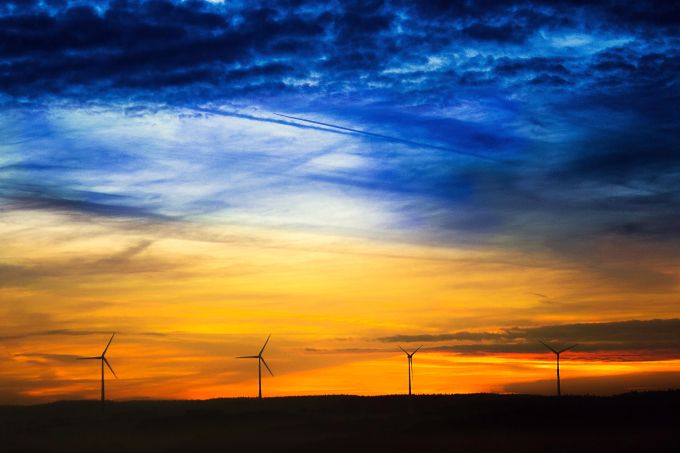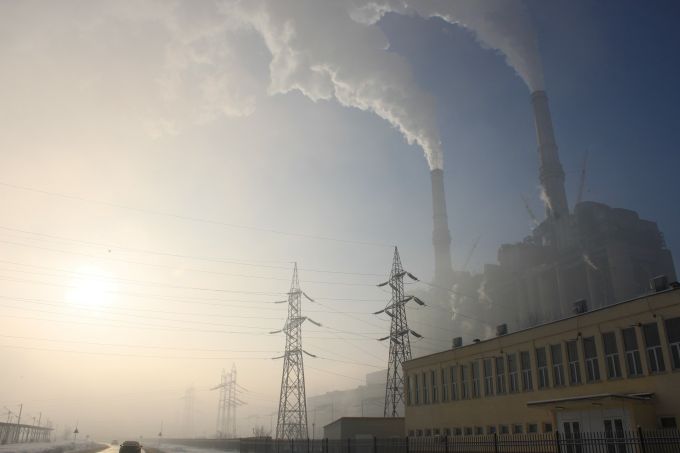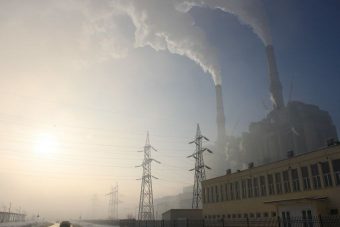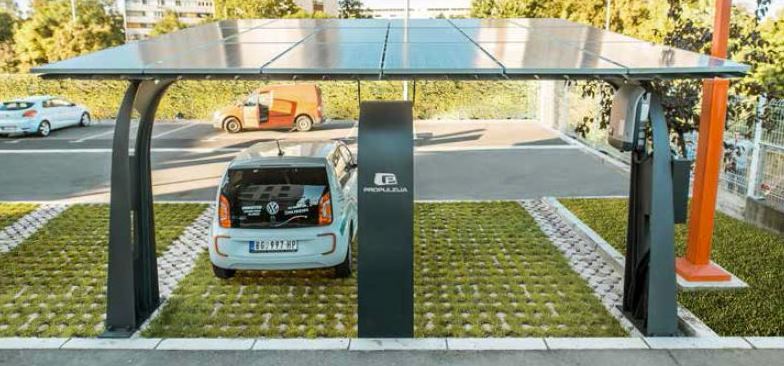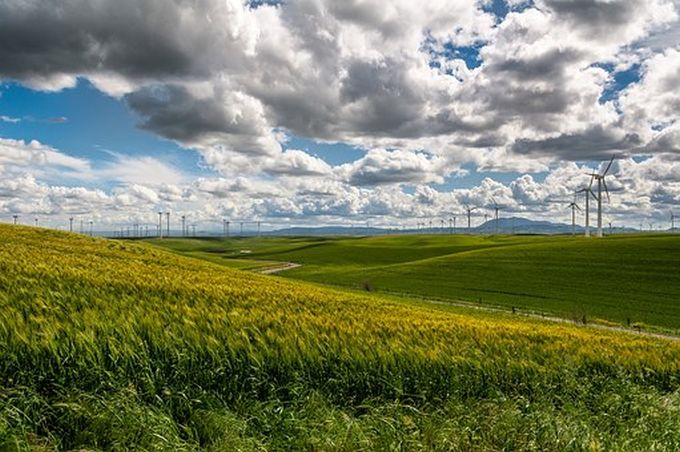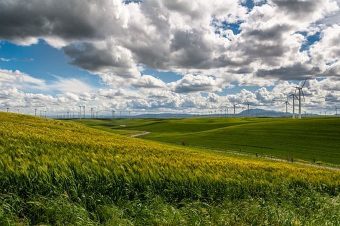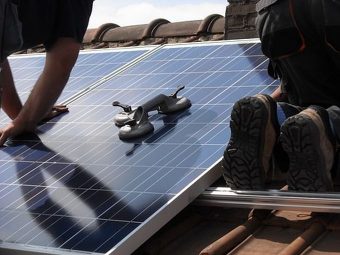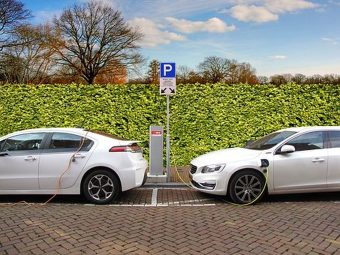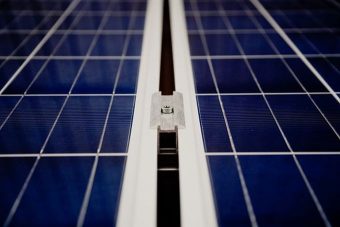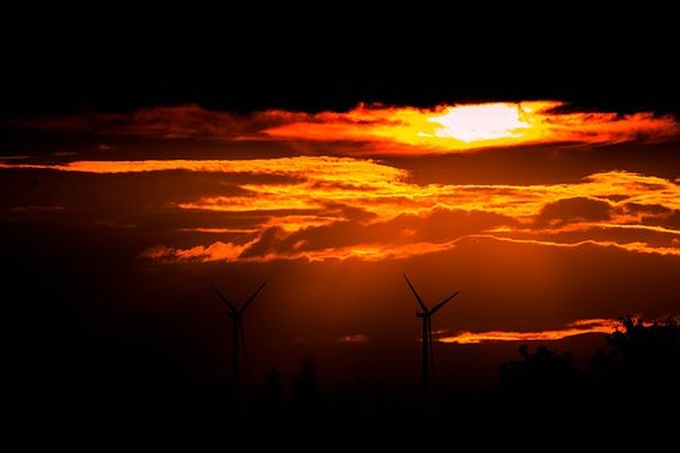
Roughly half of the military sites maintained by the US are now threatened by climate change and associated effects, according to a new study from the Pentagon.
To be more specific, flooding, drought, storms, and more climate disruption now endanger the operations of a large portion of the US military’s 3,500 (very expensive to maintain and operate) installations around the world, according to the US Department of Defense.
This reality of course runs contrary to the “official” sideshow that has constituted US politics for the last few decades.
The report stated: “Changes in climate can potentially shape the environment in which we operate and the missions we are required to do. … If extreme weather makes our critical facilities unusable or necessitate costly or manpower-intensive workarounds, that is an unacceptable impact.”
The coverage from Reuters continues: “The findings put the military at odds with US President Donald Trump, who has repeatedly cast doubt on mainstream scientific findings about climate change, including this week during an interview on British television.
“The Pentagon survey investigated the effects of ‘a changing climate’ on all US military installations worldwide, which it said numbered more than 3,500. Assets most often damaged include airfields, energy infrastructure, and water systems, according to military personnel at each site, who responded to the DoD questionnaire.”
Expect to see more and more of that as the years move on by.
The new report was published last week, and given a public spotlight by the Center for Climate and Security — obviously, with the intent being to spur public discussion.
Source: cleantechnica.com







